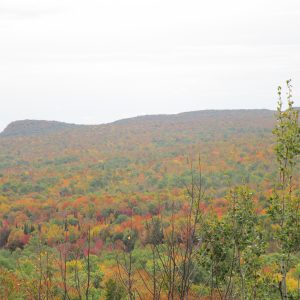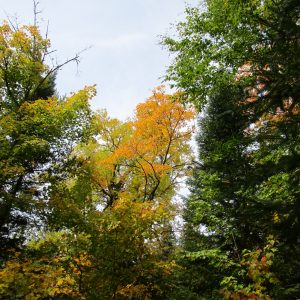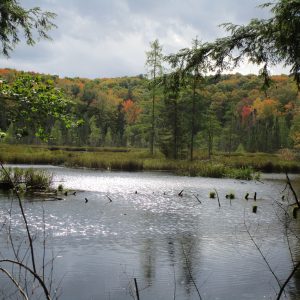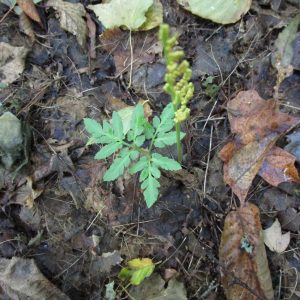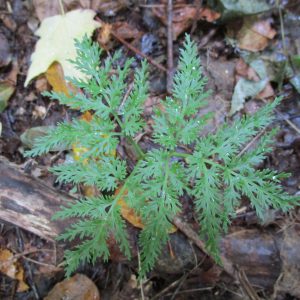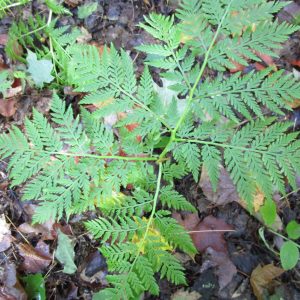There were a lot of new experiences for me during this internship with a few common themes from previous jobs that I have worked. Some of the new experiences include learning new flora of the Pacific Northwest, using keys to identify plants, and conducting rare plant surveys. One theme that was again present for me this year is that the battle against invasive species is always an uphill battle. It can be hard to see the difference you are making especially when you will not be able to see the effect of your hard work the next year. Depending on the level of infestation, it can be really difficult for one or two people to treat an area, even with using herbicide. It is important when doing this type of work to make small goals for yourself and to treat areas where you can get the most bang for your buck. This way you can make a bigger impact and also feel good about the work that you are doing. I have been working on lots of weed treatment projects the past month from pulling/spraying false brome, spraying blackberry, lopping one-seeded hawthorne, and spraying Canada thistle. It would be an understatement to say that this month has flown by.

A patch of blackberry that I sprayed one week prior. It is already started to die back a little bit which made me feel good.

A patch of milk thistle that I sprayed one week prior as well. As you can see it is mostly dead and I wanted to do a follow up to make sure it all dies before it seeds next year.

Cat’s face spider
While I was cutting some hawthorne down with handsaws this week, I felt something crawling on my neck. Not thinking anything of it I brushed it away with my hand. A few seconds later I felt something crawling on my neck again and I swatted it off me this time. This spider flew off and landing on this leaf. I was paranoid the rest of the day. It was kind of a cool looking spider but I just did not want it crawling on me. I think it may be a cat’s face spider or some other type of orb weaver.
Overall, I would say the internship was a success for me and I really enjoyed my time working here in Oregon. I learned a lot of new things and invasive species in Oregon have certainly piqued my interest. Although I am moving back home for now, I am not crossing Oregon off the list of places I would want to live and work again.

Botany Staff at Roseburg District BLM
Signing off now.
-Will Farhat (Botany Intern at Roseburg District BLM)


























